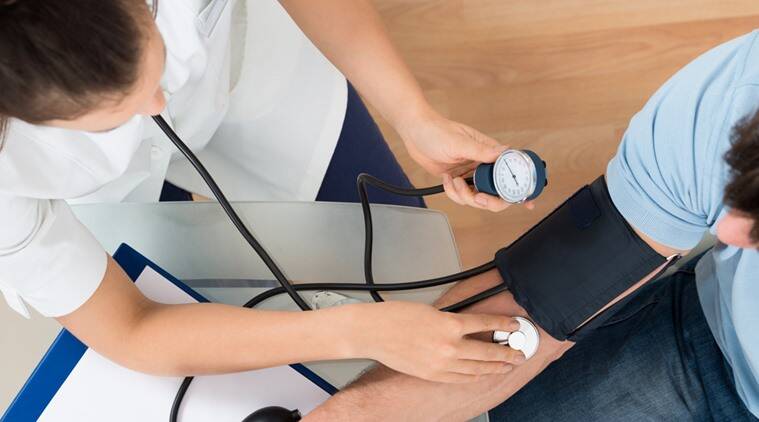Pulmonary Arterial Hypertension
Pulmonary arterial hypertension is a type of high blood pressure that affects the arteries in the lungs and the right side of the heart.
In some people, pulmonary arterial hypertension slowly gets worse and can be life-threatening. Although there’s no cure for some types of pulmonary arterial hypertension, treatment can help reduce symptoms and improve quality of life.
When requesting your appointment for Pulmonary Arterial Hypertension, kindly request Dr. Joseph Stephenson. Thank you!
Pulmonary Arterial Hypertension
The typical heart has two upper chambers (atria) and two lower chambers (ventricles). Each time blood passes through the heart, the lower right chamber (right ventricle) pumps blood to the lungs through a large blood vessel (pulmonary artery).
In the lungs, the blood releases carbon dioxide and picks up oxygen. The blood typically flows easily through blood vessels in the lungs (pulmonary arteries, capillaries, and veins) to the left side of the heart.
However, changes in the cells that line the pulmonary arteries can cause the walls of the arteries to become stiff, swollen, and thick. These changes may slow down or block blood flow through the lungs, causing pulmonary arterial hypertension.

Symptoms
The signs and symptoms of pulmonary arterial hypertension develop slowly. You may not notice them for months or even years. Symptoms get worse as the disease progresses.
Pulmonary arterial hypertension signs and symptoms include:
- Shortness of breath (dyspnea), initially while exercising and eventually while at rest
- Fatigue
- Dizziness or fainting spells (syncope)
- Chest pressure or pain
- Swelling (edema) in the ankles, legs, and eventually the abdomen (ascites)
- Bluish color to the lips and skin (cyanosis)
- Fast pulse or pounding heartbeat (palpitations)

Eisenmenger syndrome and pulmonary arterial hypertension
Eisenmenger syndrome is a type of congenital heart disease that causes pulmonary arterial hypertension. It’s most commonly caused by a large hole in the heart between the two lower heart chambers (ventricles), called a ventricular septal defect.
This hole in the heart causes blood to flow incorrectly in the heart. Oxygen-carrying blood (red blood) mixes with oxygen-poor blood (blue blood). The blood then returns to the lungs — instead of going to the rest of the body — increasing the pressure in the pulmonary arteries and causing pulmonary arterial hypertension.
OUR SERVICES
Our all-encompassing health care services ensure you receive the correct diagnosis and treatment for any Cardiac condition.
Aortic Stenosis

Cardiac Rehab

Coronary Artery Disease (CAD)
Heart Arrhythmias

Heart Failure

Pulmonary Arterial Hypertension

Structural Heart Program
Tests And Procedures
Your Health Starts Here
Flexible appointments
We have three locations to serve you.
Same Day Appointments are Available. We also offer 24/7 chronic care management.
St Mary's Cardiology Center for Health
645 N Arlington Ave
Suite 555
Reno, NV 89503
St Mary's Cardiology Northwest
6255 Sharlands Avenue
Reno, NV 89523
St Mary's Cardiology Galena
18653 Wedge Parkway
Reno, NV 89511


